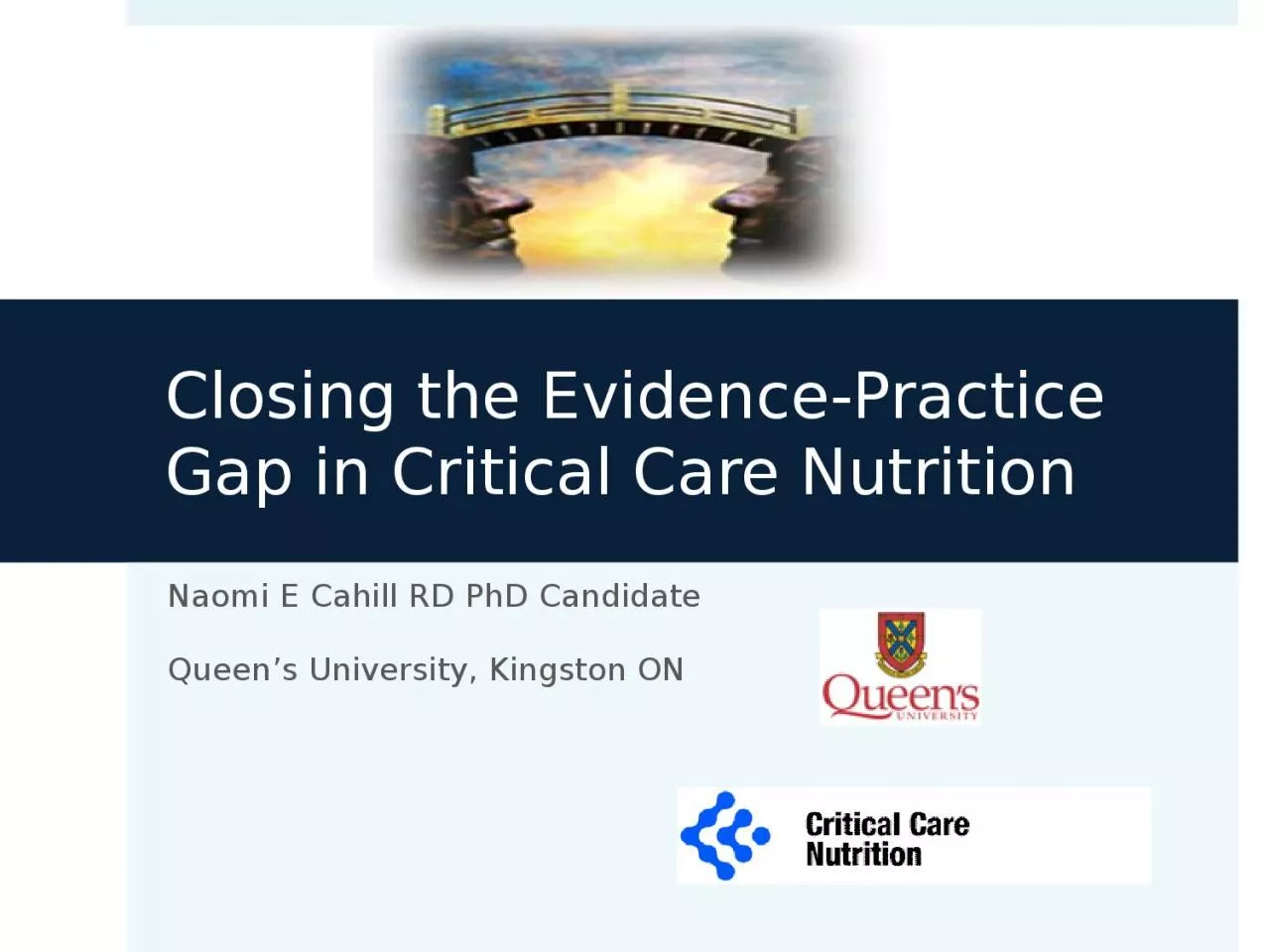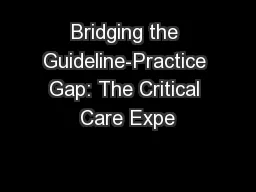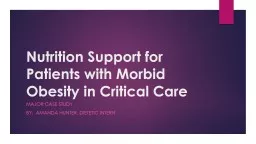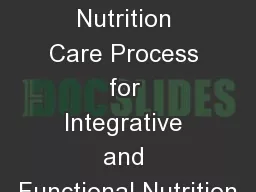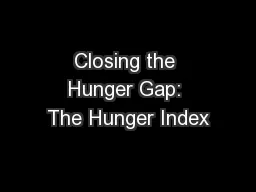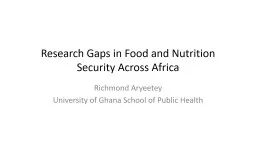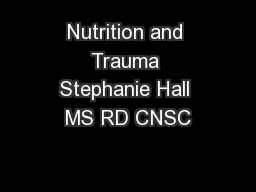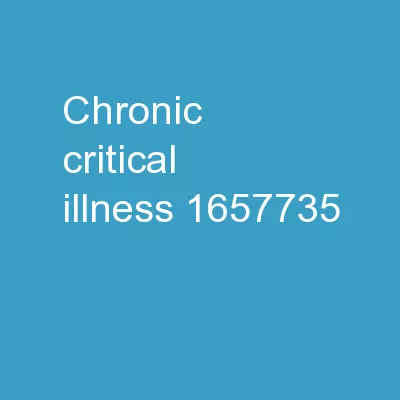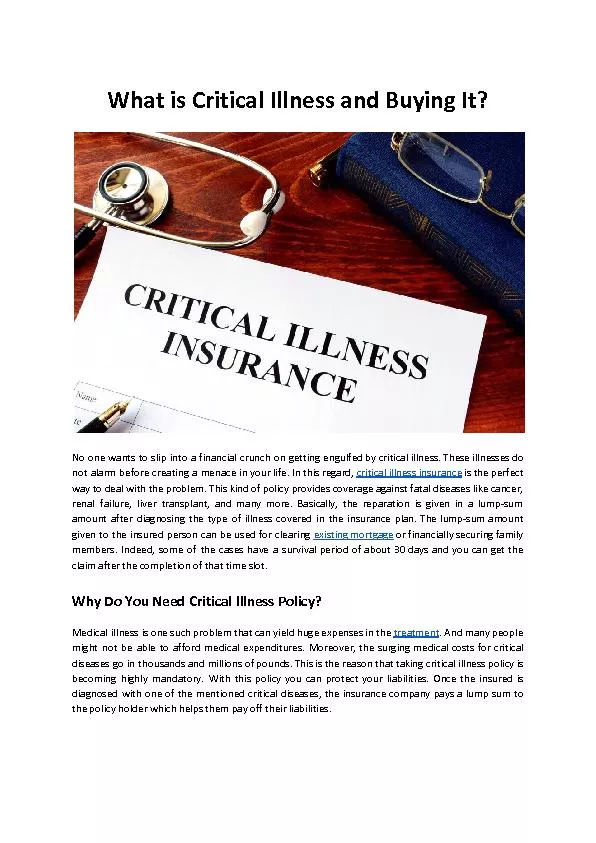PPT-Closing the Evidence-Practice Gap in Critical Care Nutrition
Author : bitsy | Published Date : 2022-06-08
Naomi E Cahill RD PhD Candidate Queens University Kingston ON Disclosures None Learning Objectives To identify gaps between guideline recommendations and current
Presentation Embed Code
Download Presentation
Download Presentation The PPT/PDF document "Closing the Evidence-Practice Gap in Cri..." is the property of its rightful owner. Permission is granted to download and print the materials on this website for personal, non-commercial use only, and to display it on your personal computer provided you do not modify the materials and that you retain all copyright notices contained in the materials. By downloading content from our website, you accept the terms of this agreement.
Closing the Evidence-Practice Gap in Critical Care Nutrition: Transcript
Download Rules Of Document
"Closing the Evidence-Practice Gap in Critical Care Nutrition"The content belongs to its owner. You may download and print it for personal use, without modification, and keep all copyright notices. By downloading, you agree to these terms.
Related Documents

